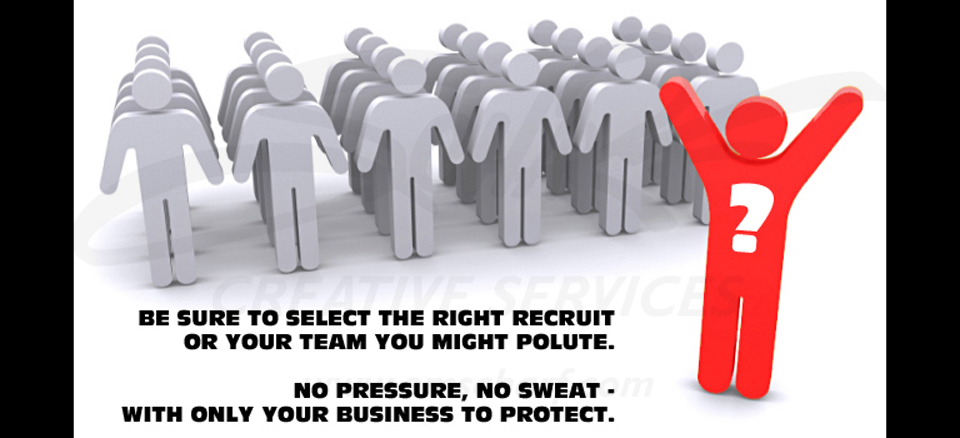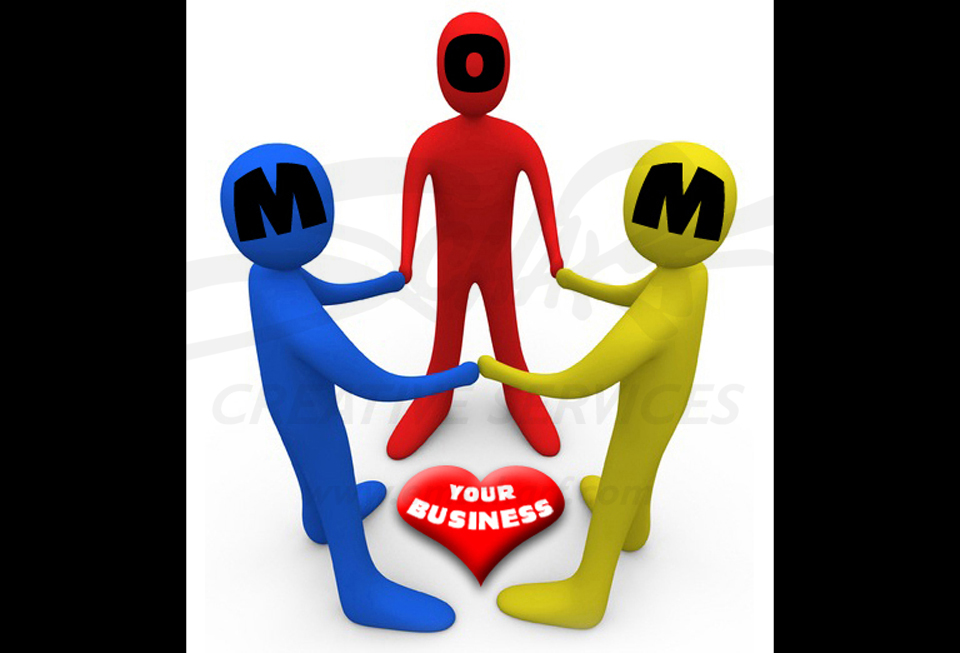|
|
|
|
|
|
|
|
| Home | History | Blogs | Portfolio | FAQ | Contact | Terms Of Use |
|
|
|
|
|
|
|
|
| < 2011 > |
|
|
| JAN | FEB | MAR | APR | MAY | JUN | JUL | AUG | SEP | OCT | NOV | DEC |
|
|
DIBS Defined (Continued)
- Hardware And Software Vendors Most hardware and software production efforts tend to require commercial-grade hardware and software development solutions. You will be establishing relationships with vendor representatives for digital and on-site product demonstrations, inquiring about free evaluation periods to perform on-site compatibility testing, and ultimately negotiating the best price for the number of products you need to generate your own product.
- Engine Technology Your product may need a proprietary engine technology or a COTS (Commercial Off The Shelf) product may be the best solution. Your decision comes down to knowing and understanding why you would need to make a serious investment in your own technology versus a lesser but still substantial investment in a similar and proven product. Do you plan on licensing your proprietary technology out to other companies? Do the existing proven technologies not perform to your specifications? Has your due diligence resulted in a break-even perspective where either approach will cost you the same? Owning your technology can be ideal if alternatives cost no less but you would also be responsible for your own tech support . . . which can be grueling. The source of your technology if your product requires that type of component is one of your biggest decisions on a list of big decisions.
- Personnel Resources You need to find the required personnel, determine mutual interest, and settle on a mutually beneficial compensation package. This is not automatic as the ideal employees do not pop out of a vending machine and you should be prepared for consideration of multiple rounds of candidates for each employment role you wish to fill.
While hiring timelines are different for every business, the cohesiveness and quality of your team new or existing will always hinge on your due diligence with prospective personnel.
- Talent Recruiters You need to find the right recruitment handler to assist in personnel recruitment. There is a wide range of available professional recruiters from experienced to useless, from good to garbage, and from recommended to "next please." You may already have the experience necessary to personally seek and select your personnel, but do you have the time to dedicate energy to both build / run your business and talent search? If not, does it bother you to have to pay an external recruiter to furnish you with potential interview candidates?
No business owner enjoys having to pay a recruiter to perform talent searches they believe can be performed in-house at no (or substantially less) cost, especially if the business owner is an expert in their own field and understands exactly what they need in each candidate. Then, perhaps, talent acquisition comes down to quality of communication within publicized listings, where some people are wired for writing and others are decidedly not.
Whether your business is running on a skin-tight budget or a gargantuan cash reserve, the issue is not truly about money. It is about available time that you would prefer to use on your profit-generating product line. A number of companies use internal recruiters who have been "asked" to perform double or triple duty as has become more often the case with executive assistants and human resource managers. There are also external recruiters who agree to a percentage-based in-house arrangement where they are on-site in a full-time temporary or permanent basis.
Other businesses use both internal and external recruitment sources for bigger ticket candidates who do not simply walk in off the street and into your waiting arms. Recruitment fees are always negotiable especially in terms of bulk personnel but if you are going with an external recruiter, expect on average pay rate of 8-12% (based upon the annual salary for a hired candidate) with a 30-60-90 day payout period (based upon a new employee probationary time frame utilized by many businesses).
Still other businesses rely on the next evolution of recruiters otherwise known as hiring agencies (HA's). These HA's involve a group or groups of recruiters who collect a roster of contract talent like beef buyers at a cattle call. The talent if interested in opportunities presented by the HA's are signed on as W2 employees who can quite literally be rented out to the HA's client-companies. While HA's prefer to deal with W2's, some do entertain 1099's, as well.
The HA's negotiate an hourly / per project wage with the client-companies on behalf of the W2 talent they represent (equal to the wage advertised to the talent plus a percentage of said wage that goes directly to the HA's). The HA's receive payment (via snail mail from smaller companies and via wire transfer from larger corporations) and disperse it among their W2 talent on a per week / every two week period (via manual snail mail check or via direct deposit).
The HA's may also take a $5-7 piece of each hourly / per project wage to cover accounting and administrative costs associated with the W2 employment status they almost exclusively tend to offer their talent. The HA's some but not all also offer health and retirement benefits to the resources who are regularly being asked to work a set minimum number of hours.
While the HA approach to talent procurement can conveniently free your business from the captivity of employee benefits, you are still paying the HA's in part to make that responsibility disappear. It is still an expense you are supporting. And that "get out of jail free card" can also be retracted at the other end of the deal . . . if-and-when you determine your business would gain much more from bringing one of those contractors on board for a full-time, in-house role.
Your agreement with almost any HA requires you to pay a pre-negotiated lump sum buyout for the right to claim that contractor as one of your own. The buyout can be too rich for some businesses, and the contractor has typically signed a non-compete agreement (good for at least one year) . . . preventing them from simply quitting on the HA and joining your business.
While it is true "you get what you pay for," not even the greatest recruiters of all time can do their best for your business without reasonably full disclosure from you. Recruiters cannot deliver the goods without first receiving near-complete role requirements, how those roles are expected to interact within a team dynamic, and a high level understanding of the potential expansion of that team into sub-teams.
Accurate information from the beginning gives confident sign-off to a recruiter, allowing them to get down to business on behalf of your business without further delay. If you do not possess quality writing skills which may be an indicator of greater communication ills you may have no choice but to turn that task over to a possible and more capable business partner . . . or the recruiter you may have been so determined to avoid.
- Admin "Someone has to be responsible for your mathematics, organics, and mechanics (MOM)."
Someone has to be responsible for your mathematics (accounting / money management) which may include contract negotiations, payroll, bonuses, royalties, various operational material expenses, matching 401k / SEP IRA / ROTH IRA contributions, tax prep, etc., and being the voice of reason when you want to take your business in a direction that may not be financially viable.
Someone has to be responsible for your organics (office and human resource management) which may include a variety of delicate human resource tasks (from professional to personal employee issues), benefit planning / deployment, relocation coordination, continuing education fulfillment, special event planning, and travel and trade show planning, as well as stocking / replenishment of general office supplies and food stuffs / beverages (which act as "micro perks" in many of today's businesses).
Someone has to be responsible for your mechanics (facilities and hardware management) which may include purchasing (bulk and situational), installation and maintenance of computers, hardware development kits, software development kits, a library of expensive site-licensed software, networking, multi-location backup redundancy systems, and managing many-if-not-all of the critical physical systems (electrical, gas, HVAC, water, among others) that allow personnel and devices to operate regularly and reliably.
You may believe you are up to the task of being your own accountant, general office / human resources manager, and facilities manager / IT professional all-in-one and you may be rare and right but all of these efforts require just as much time as your all-important product line. While some business owners simply do not have the budget or have not established a budget for such a support system, it can mean the difference between being able to use the left side of your brain, the right side of your brain, or your entire brain for your business.
You may determine it is more beneficial to have trustworthy assets in place to partner with you on these administrative duties sharing the burden of being in business, keeping you up to date and involved in every decision that needs to be made in support of your mathematics, organics, and mechanics. Few things could be more important to your business than your MOM.
- Business Development This task has been extremely relevant for many businesses but for those new businesses without a well-known reputation or product line it can and should be fulfilled in partnership with your external marketing resource. "Biz dev" representatives can be costly if your business lacks the resources in personnel to immediately take advantage of the deals the biz dev locates for you. More established businesses tend to maintain an in-house biz dev, as they typically have a more advanced product line and greater notoriety.
A biz dev is also much like an agent who normally would be external but, in either case, would be interested in receiving a percentage of every deal they introduced to your business. Do you want to employ someone who may bring in one deal per year, ten deals per year, or somewhere in-between? Do you want to potentially have to pay a percentage for that effort? Will the projects be so profitable that you simply will not care about that percentage? Can you find a biz dev who only wants a salaried position and is willing to give up any percentage? Can you even afford to keep a salaried biz dev on board with too few deals coming in? You must eventually answer these biz dev questions for when your business has matured enough to actually need one.
- Product Web Sites There are very few commercial or retail products that do not have an online presence in this day and age. If your product can be sold globally by word of mouth only and still generate a tremendous profit, then, more power to you.
If not, you should be prepared to continue your partnership with your selected marketing firm to conceive a now-standard e-commerce product web site covering such categories as general product information, discussion forums, support (technical specifications, warranty guidelines, user manuals, and support contact information), downloadable content, online sales, etc.
While you can choose to juggle all of these moving parts under your own power, being a jack of all trades but a master of none is not recommended . . . when it comes to a well-rounded approach to your finished product(s) and the long-term health of your business. Additional personnel may always bring an additional (and unwanted) expense, but like any other category on the Wheel of DIBS, proper support of your product(s) can allow you more bandwidth to actually manage your product(s) or run your business with fewer low-level distractions.
Real-time chat portals as a related aside to product support might begin to come into play as your profits increase by leaps and bounds. Such a direct-access product support feature is indicative of a highly profitable product line. Such a feature would require a scalable support team (which scales up or down in head count based upon the regularity and steadiness with which that product line remains highly profitable). The cost of that support team (for both direct-access and indirect communications) would be scalable as well potentially involving complex and costly training for each member of the team. The cost of that training and the maintenance of that training may remain the same whether your support team is in-house or outsourced.
Nonetheless, you may wish to support e-commerce purchases using the highly popular, conveniently-priced, all-in-one Amazon e-commerce services. You may prefer to track all site interactions using one of a few robust online analytics services such as Google Analytics or Webtrends. You may also decide to hire a search engine optimization (SEO) specialist to make sure your name, your business, your products, and your PRPs (if necessary) are at the very top of any and all Internet searches being performed daily by would-be clients and customers.
Your business or product "web site" is aptly named, because there are a multitude of strings attached that you must be prepared to grow, fortify, and extend towards the potential continued growth of your business and product(s).
- Monetization Your product may ship without a hitch and be very profitable, but even the best products are capable of claiming an even bigger slice of the marketplace pie. When your prospective financier asks for a work-up on the target audience for your product or service, the request does not merely revolve around one source.
"Monetization" is a fancy word for "identifying your complete target audience from hardcore to intermediate to fringe. Your monetization plan is a very necessary exercise in helping your pre-launch efforts deliver a more robust launch product or service that is as well-rounded in features, as variably priced, and as target audience-attracting as reasonably possible.
A built-in happy circumstance of reasonably in-depth pre-launch
efforts in lockstep with your monetization plan is the potential
collection of wish list ideas you set
aside from your first product or service. This list (whether short
or long and certainly core-feature-filled) can typically be applied
to your next product or service . . . ideally with lessons learned,
of course. This list can ultimately help create a potential
double-dip scenario that offers extended monetization of your first
product (with or without discounted pricing) along with a new set of
monetization or revenue streams from your next product.
When the Apple iPad hit the marketplace, how many "apps for that"
and how many accessories followed shortly thereafter? Every business
owner would love this level of (still ongoing) success for their
product(s), but the monetization process is not always as simple as
it seems.
Some products may even benefit from a
simple change in their commonly-associated tag lines. A well-known
furniture brand for example could choose to more broadly target
single adult males (age 28-35) who constantly struggle with how to
fit that 100-inch LED flat screen television into their bedroom . .
. and still have enough space in the same room for sleeping
arrangements.
A more traditional type of monetization-driven limited run,
however,
involves legitimate feature enhancements for the same price or a
reasonable but still very attractive price increase.
- Schedules Nobody likes generating schedules, because they are one of the most incriminating elements of business. Schedules also make it incredibly painful to recover from independent task maneuvering and heat-of-the-moment innovation. If you promise a completed task or product by a specific date and you miss that date, you tend to lose the money associated with that deliverable. Circumstances and facts can sometimes save the day, but more often than not, if you are late for the date, do not expect your date not to hate. A schedule is ultimately good for both your sanity (forcing you to face the reality of what you can truly accomplish in a set time frame) and your financier's willingness to release the funds, rather than the hounds.
You need to put together as reasonable an estimated schedule as possible for pre-full-and-post production deliverable timelines. There is no law stating that you cannot carefully and reasonably pad your numbers for moments of innovation. You should, in fact, do exactly that . . . but with a respectful eye towards a financier who will be on the lookout for time frames of a ridiculous nature. Never forget that a financier has their own consultants who are more than capable of checking your math and reducing your flashy formulas and terminology down to easily digestible information.
- Costs This task can be even more painful than generating a schedule. There are many business owners who are extremely comfortable generating an a la carte price list for the products and services they are providing. There are just as many business owners who fear being locked into the costs they have listed. They understand they may have to add more features to the product or service in order to validate a price hike in the future (rather than being able to rely on the price-controlling tradition of supply and demand).
If you wish to bounce from financing source to financing source until there are no more takers . . . because you insisted on playing "costly" games, that is your prerogative. If you wish to have the same financing source through multiple products making for a long and fruitful relationship you will furnish your financier with a reasonably complete project cost estimate for pre-full-and-post production costs. A good and experienced financier will see where you may have overlooked a detail here or there and be willing to discuss solutions . . . including the potential for additional funds. The financier, after all, wants your results to be as advertised and as promised rather than the ugly stepchild of a low-ball bid.
- Multi-Stage Contingency Plans
It goes without saying but nobody is perfect. Your funding
source is rarely going to accept "just trust me" instead of a
detailed Plan-B or, gulp, an exit strategy. You must be brave
and share an alternative plan for any and all areas of risk in your
original CTC.
|






